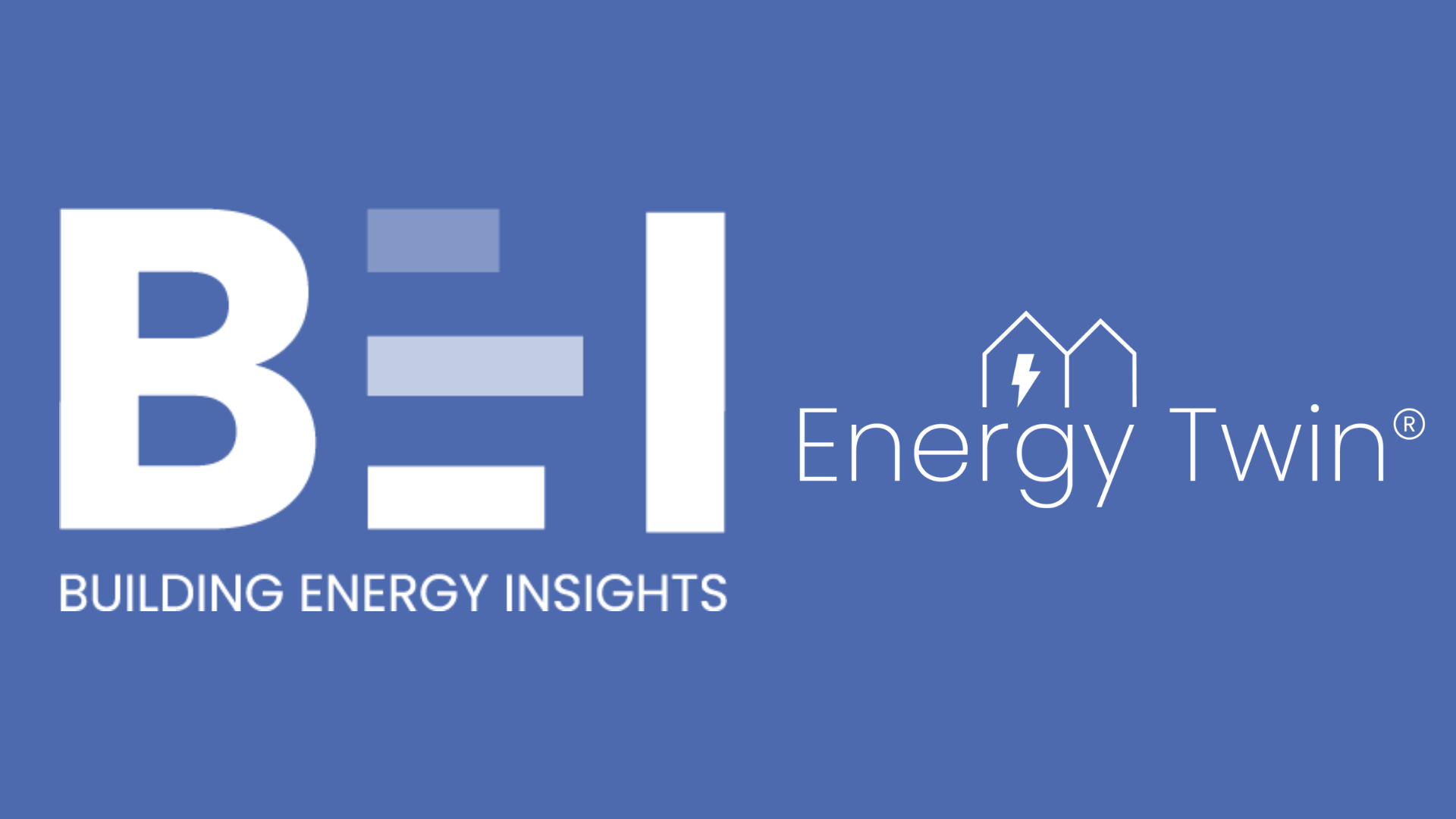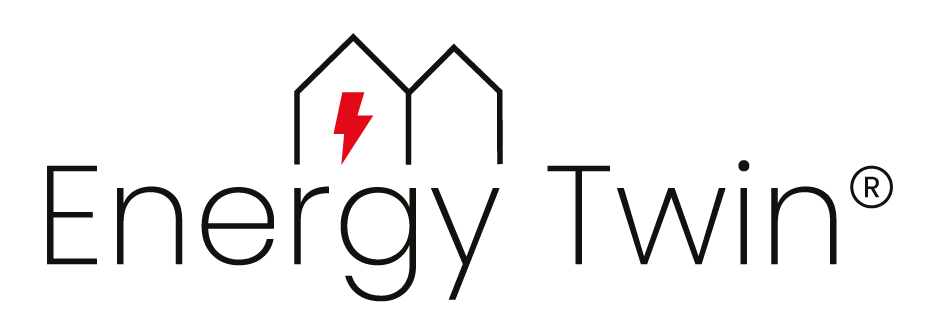Detecting anomalies in energy data is key to optimizing consumption, reducing costs, and ensuring building systems run efficiently. With the vast amount of data from smart meters, manual oversight isn’t practical—this is where machine learning (ML) steps in!
The basic idea is simple: train an ML model to predict energy consumption based on historical data and use this model to compare predicted and measured values. Any significant deviation between the two can signal an anomaly. But how do we define and detect these deviations? There are several approaches, ranging from basic thresholding to advanced statistical and algorithmic methods, which we will explore in this article.
Basic Anomaly Detection Algorithms
⚡ Absolute Value Deviation – The simplest approach is setting a fixed absolute threshold. If the difference between measured and predicted energy consumption surpasses a set threshold, it is identified as an anomaly. While straightforward, this approach doesn’t scale well across different buildings, for instance, a threshold that works well for a large office building may lead to false positive or missed anomalies in a small retail store.
📊 Relative Value Deviation – A more adaptable method considers deviations as a percentage of the predicted value, e.g., more than 50% deviation triggers an alert. This works well across varying energy scales but can cause false positives for buildings with low consumption.
🔗 Combined Approach – The best of both worlds! By applying both absolute and relative thresholds, anomalies are flagged only when both criteria are met (e.g., >20% deviation and >5 kW). Adding a minimum duration filter helps avoid false alarms from short-lived fluctuations.

Advanced Anomaly Detection Algorithms
The above-mentioned basic algorithms can be simple and effective, they may struggle with complex patterns and time-dependent variations in energy data. Let’s have a look at more advanced anomaly detection algorithms that enhance accuracy and reliability.
🔢 Statistical Tests – Statistical methods offer a more sophisticated approach. For example, energy consumption profiles for weekends can be compared to typical weekday profiles. If weekend energy usage closely resembles a workday pattern, it may indicate that HVAC systems are not being properly adjusted for setbacks.
📈 Integral-Based Comparison – This method integrates the differences between predicted and measured values over time. By accumulating small deviations, it detects anomalies when the cumulative difference crosses a predefined threshold. This approach is particularly effective for identifying subtle but persistent changes that might be missed by simpler methods.
⏳ Quantifying Temporal Dissimilarity – Advanced techniques like the CORT dissimilarity index go beyond magnitude comparisons, capturing temporal misalignments between predicted and measured values. For instance, if energy consumption lags or leads expected trends, CORT can highlight these discrepancies. Compared to basic thresholding, such methods provide deeper insights into the nature of anomalies, particularly in time-dependent patterns.

Practical Considerations for Anomaly Detection
So far, we’ve covered both fundamental and advanced techniques for detecting anomalies in energy data. But theory alone isn’t enough—real-world implementation comes with its own set of challenges. In this article, we’ll focus on two key aspects: handling holidays and effectively representing anomalies.
🎄 Handling Holidays – Holidays present unique challenges for anomaly detection since they disrupt regular energy consumption patterns. Inaccurate modeling of holidays can lead to missed anomalies or false positives. At Energy Twin we address this issue by treating holidays as an “eighth day of the week” – separate from Saturdays or Sundays with distinct modeling properties. Holidays can be downloaded automatically based on location or manually defined, ensuring accurate anomaly detection even during non-standard periods. Automatically downloading holidays simplifies working with international portfolios, ensuring consistency across different regions.
📊Representing Anomalies – When managing large building portfolios, anomaly detection can generate hundreds of alerts. Without effective representation, prioritizing and acting on these anomalies becomes overwhelming. Energy Twin models integrate seamlessly with existing solutions such as SkySpark’s Swivel feature, providing intuitive, portfolio-wide overviews. Instead of sifting through endless alerts, building managers can pinpoint key anomalies in minutes, ensuring efficient monitoring and decision-making across their entire portfolio.

Conclusion
Anomaly detection is a cornerstone of energy efficiency, enabling proactive management and substantial cost savings. Machine learning enhances this process, providing precise and reliable models that minimize false alarms—often the biggest challenge in deploying such systems.
At Energy Twin, finely tuned ML models and robust integrations with tools like SkySpark empower us to monitor hundreds of buildings in mere minutes. This ensures no significant issue in energy consumption goes undetected, delivering actionable insights that translate into real-world benefits. With ML-driven anomaly detection, energy efficiency is not just a goal but an achievable reality – turn anomaly detection into strategic advantage! 🚀





